As the Cartoonist, Be Fair to the Cartoon Character
(Seriously, treat the cartoon character fairly because a cartoon character deserves to be treated fairly, in some respects.)
Every character in the story serves some purpose in it somehow, if you think about it. Even the supernumeraries serve some purposes in the story! (Just in case you don't know, the supernumeraries are the extra 1-timer cartoon characters who appear in only 1 of your cartoons, but never again, due to not being permanent, more memorable characters of the cast!) A cartoon story or image would be different with some characters missing. Here comes the 1st example:

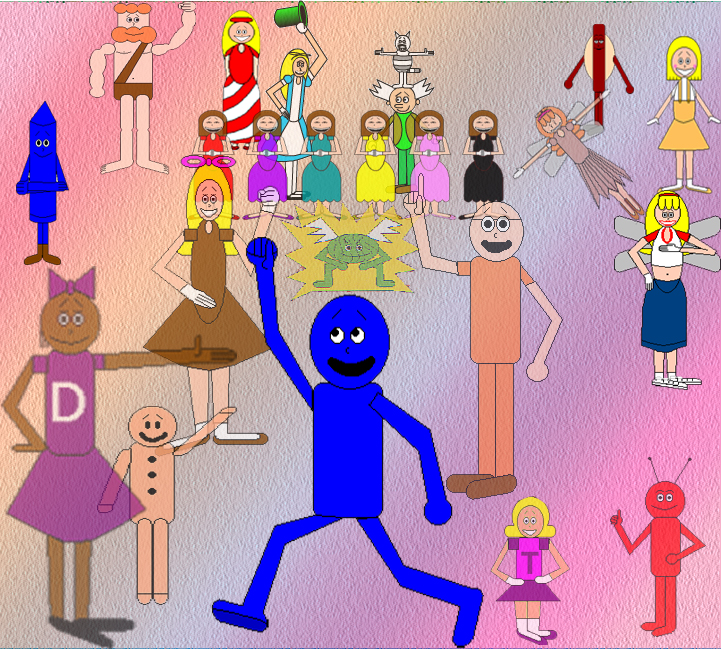
The image on the left includes all 36 major characters of my cartoon series, but the image on the right excludes 12 of the characters, giving it a different feeling! Do you know who's missing in the image on the right?
It's often a bad idea to just delete a character from your cartoons forever if that character appeared so many times in your masterpieces & served a great purpose to make your cartoons more interesting! If you decide to delete a character for some reason, do it before you put him/her/it into a masterpiece, because masterpieces are supposed to be professional! (I used the pronoun it to mean that the character could be genderless.) 1 thing you don't want to do is disappoint your viewers too much, especially after they get used to a specific character.
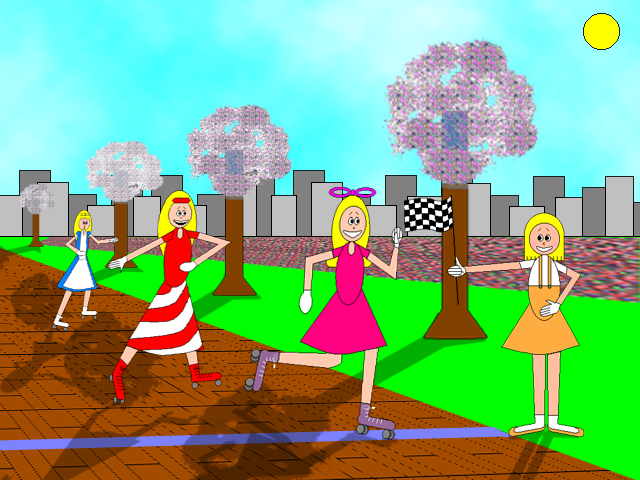

Sally, Candy & Alice L. had a skating race; Dottie Doll gives Sally the checkered flag for winning it. However, Alice is very lonely in the image on the right without the other 3 characters.
Another thing you should know about cartoon characters is that they can develop & change somehow; for example, weaklings can become stronger & similarly, powerhouses can be weakened. Also, there's no such thing as a most typical cartoon character because they can be just about anything you want them to be! (Notice how the characters of these cartoons come in many different shapes, sizes, colors & species!) If you're working with a team, just remember that 2 narrators mayn't agree on specific things. But do listen to constructive criticism; you might catch a tip to make your cartoons more enjoyable! Furthermore, when describing any characters of your stories, you should never say things like: "She'll always be a [negative so-&-so]" or "She'll never be [something positive]". You shouldn't say statements with universal qualifiers like that about any of your characters because it's just not fair; it disrespects the character as a character... And that's bad storywriting! Plus, know all of the characters of your stories; that's the narrator's responsibility. Giving people excuses to detest a not-so-detestable character isn't very good storywriting either. (That will just tell viewers that you didn't know your own character as well as you thought, which will give them an unsolvable puzzle! How irritating!)
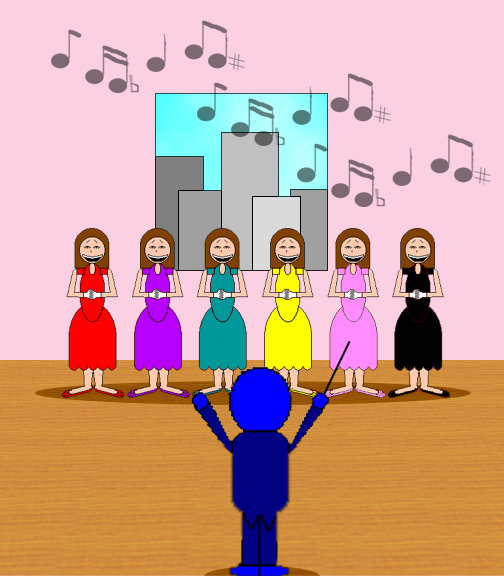
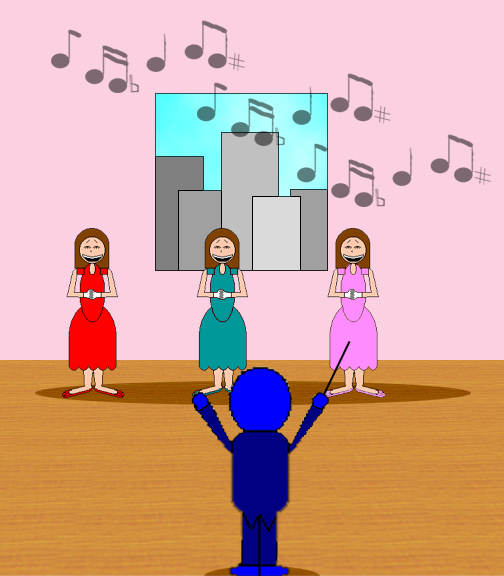
All 6 of the Squashington Sextuplets are visible in the image on the left, but in the image on the right, 3 of them are missing, so less-informed viewers could assume that the girls are triplets instead of sextuplets! Plus, their shadow looks incorrect with only 3 of them there!
Without a specific character of your cartoons, whether you like that character or not, your cartoons would be much different without that character! So give that character some respect as a cartoon character & treat that character fairly. Only treat the character like a villain if that character is indeed a villain; but give morally confused antiheroes some slab for doing heroic deeds. Antiheroes are NEVER pure evil! Any antihero can be redeemed somehow, if the other characters of your stories treat the antihero correctly. But you, as the storywriter, must still treat him/her/it fairly, too. Also, there's a narration technique that you must use to make sure that your audience detests the correct characters, the full-pledged villains of your stories; this technique is easy to figure out!
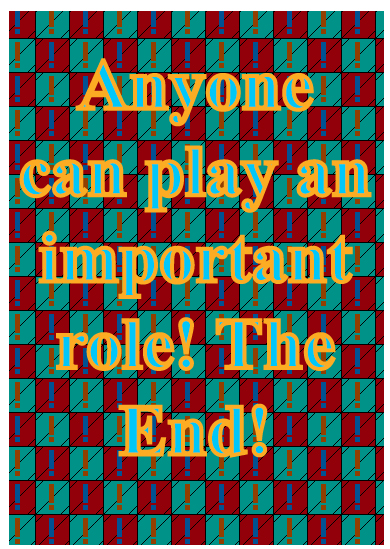
In conclusion, if you disrespect any of your characters by treating him/her/it/them unfairly, then it'll vex the fans of your cartoons & possibly ruin your show! (Don't say I didn't warn you!) They'll no longer believe that you're a good storywriter & you don't want that! So, to avoid the "Chloe Bourgeois" Storywriting Mistake, just write your characters in a way so that both you & your positive audience can enjoy them! (I named the storywriting mistake after a specific antiheroine from another cartoon series due to how the storywriters of that cartoon series treat her...)
Back to the Extra Section
Back to the Index page
© Derek Cumberbatch








